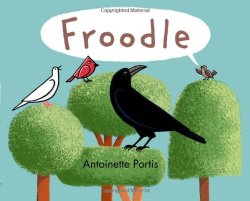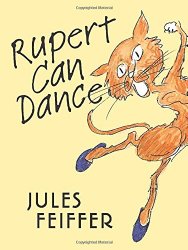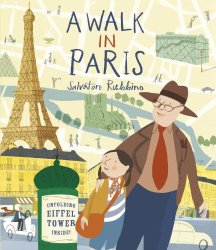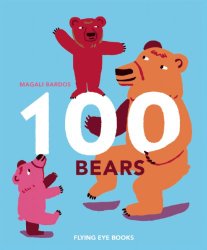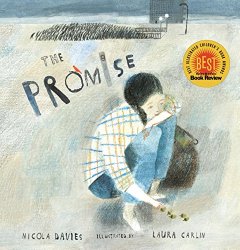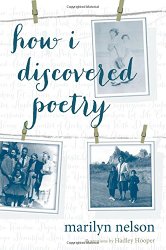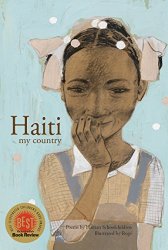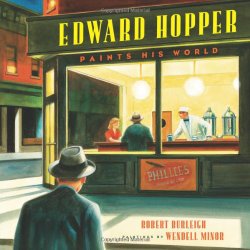Review of Say This, Not That, by Carl Alasko, PhD
A Foolproof Guide to Effective Interpersonal Communication
by Carl Alasko, PhD
Jeremy P. Tarcher (Penguin), 2013. 219 pages.
This is a handy and practical book about communicating in every area of life.
First, Carl Alasko gives an introduction that includes the Five Rules of Effective Communication:
1. Decide in advance what you want to accomplish.
2. Say only what you need to say; nothing more.
3. Don’t ask questions that don’t have an actual answer.
4. Do not use blame: no criticism, accusation, punishment or humiliation.
5. Always be ready to stop when things get too heated.
After explaining what he’s setting out to do in the introduction and explaining these principles, the author goes on to present scenarios from many different life situations. All of them take up two pages. On the first page is what you shouldn’t say (and why); on the second page is what you should say (and why). All these examples give you a good idea of how to put the principles into effect.
The sections of the book are Dating, Developing a Long-Term Relationship, Parenting, Friendship, the Workplace, and other Everyday Situations. There’s a section on Advanced Work at the end, now that you’ve learned the basics.
I read this book slowly, one scenario at a time. I can’t think of a situation when I actually used the book, but the message is a nice calming one, reminding me that I can rationally deal with tense situations and resolve them without blame. I began reading the book around the time I signed up for online dating, too. Even though I didn’t necessarily come up with the situations listed in the book (though there was one about writing your profile), reading through the dating scenarios was confidence-building. I can do this. And reading the Relationship scenarios is also confidence-building. We can be adults in communicating with each other.
This book contains nice practical advice for dealing with others.
Find this review on Sonderbooks at: www.sonderbooks.com/Nonfiction/say_this_not_that.html
Disclosure: I am an Amazon Affiliate, and will earn a small percentage if you order a book on Amazon after clicking through from my site.
Source: This review is based on a library book from Fairfax County Public Library.
Disclaimer: I am a professional librarian, but I maintain my website and blogs on my own time. The views expressed are solely my own, and in no way represent the official views of my employer or of any committee or group of which I am part.

